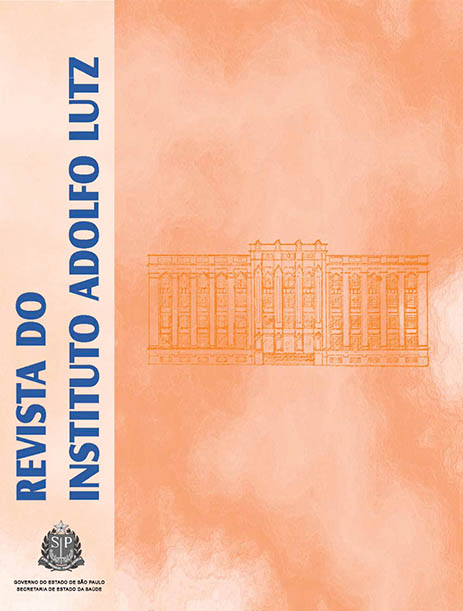Fluoride concentration in the public water supply: the retrospective study and the external control
Keywords:
water supply, fluoridation, dental caries, health surveillance, internal-external control, external control
Abstract
As a retrospective study, this investigation aimed at evaluating three issues. Firstly, to assess the fluoride rates, measured as fluorine (F-), in water samples from public water supplies of São José do Rio Preto (SJRP) (SP), from January 2003 to August 2011, by using potenciometric methodology with ion-selective, and following the guidelines established by State Legislation. Secondly, to evaluate the fluoride rates in samples from water fountains at public schools of Nova Aliança (NA) (SP), from August 2010 to August 2011, by using the guidelines of external control. The third was to evaluate the fluoridation variability by the viewpoint on the benefit (maximum reduction of tooth decays) and on the risk (occurrence of dental fluorosis). The results indicated a failure in fluoridation. In SJRP and NA only 53% and 23% of samples, respectively, showed legally permitted fluoride contents. The combination of the fluoridation maximum benefit and the low risk fitted in 56% of samples from SJRP and 32% of samples from NA. These findings indicated that the guidelines of external control were the key for identifying the fluoridation process failure, as for achieving the maximum efficiency, the fluoride level should be continuously maintained in the so-called “optimal level” for long periods.
Published
2012-03-01
How to Cite
Santos, C. C. M. dos, Rodrigues, J. C. da S., Lopes, M. do R. V., Povinelli, R. F., & Terreri, A. L. M. (2012). Fluoride concentration in the public water supply: the retrospective study and the external control. Revista Do Instituto Adolfo Lutz, 71(3), 507-513. Retrieved from https://periodicoshomolog.saude.sp.gov.br/index.php/RIAL/article/view/32458
Issue
Section
ORIGINAL ARTICLE










